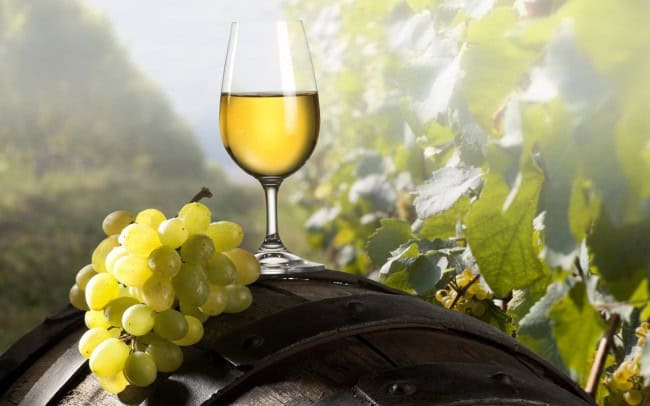Tag: grapes
All About Chardonnay!
If you’re a lover of wine, you’ve most likely had a glass of Chardonnay at some point in your life. However, the Chardonnay you most recently tried is probably a lot different to the one your friend drinks after work. This is because Chardonnay can vary so much as it is the most versatile varieties in the entire world. It has a rich history and flavor profile which ranges at every point of the spectrum. Even though it is one of the most popular varieties in the world, it can be one of the hardest to understand and wrap your mind around.

Here is everything you have ever wondered about Chardonnay:
Where does Chardonnay come from?
Chardonnay’s origin is in the eastern part of France- Burgundy. It is known as the best region for growing the variety, in the world.
Is Chardonnay a grape or a region?
It is a green-skinned grape variety that is used to create white wines in regions all around the world.
Where is Chardonnay grown?
Every wine-producing region of the world grows Chardonnay currently. A lot of the popular regions are Burgundy, California, Austrailia and Washington, even though the grape is also grown in many other regions.
Where are the most renowned regions for Chardonnay?
The most renowned region is believed to be its birthplace-Burgundy. It produces the best Chardonnay in the world, notably within the Chablis and Côte de Beaune areas. In Côte de Beaune, many Grands Crus, such as Montrachet, Corton, and Charlemagne, are some of the most highly regarded Chardonnay.
What is the difference between Burgundy and Chablis?
Chablis is a wine district situated within the Burgundy region. It is the northernmost zone in Burgundy and Chardonnay produced in Chablis has much more acidity, wet rock notes, and less fruity flavors than Chardonnay grown in warmer areas like Côte de Beaune.
What kind of wine does Chardonnay make?
Chardonnay is commonly known for its dry white wines that again, are all over the spectrum in flavor. It can range from super high-acid to rich, full-bodied wines, that’s what makes Chardonnay so diverse and unique.
What is Oak Chardonnay?
During the end of the 20h century, “butter bomb” Chardonnay became increasingly popular, which meant taking the juice and aging it in new oak to impart creamy, “buttery” flavors. However, in today’s society, the love for Oak Chardonnay is declining, with people gravitating more towards balanced bottles.
How much does Chardonnay cost?
The cost can range all over the spectrum, with the cheapest bottles being as little as $5 and bottles like Grands Crus going for hundreds, if not thousands of dollars.
Ice Wine- Is It Worth The Buy?
Ice wine might be one of the sweetest mistakes nature has ever made. It is difficult to think how anyone would purposely go out to make ice wine because although it might look like it, ice wine is one of the hardest, tedious wines to produce. Just imagine being outside in sub-zero temperatures, in the dark, trying to harvest frozen grapes.



